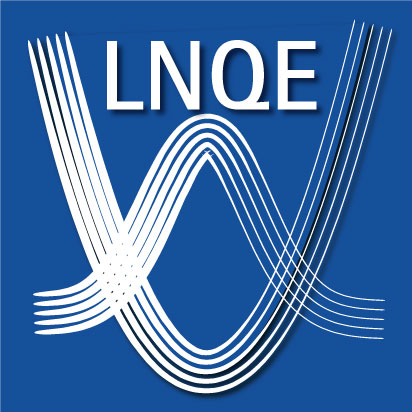Colloidal synthesis represents a versatile tool for precisely tailoring the optical properties of 2D semiconducting transition metal dichalcogenides (TMDCs). TMDCs are highly promising materials for future spin- and valleytronic applications and exhibit an ultrafast response to external (optical) stimuli which is essential for optoelectronics. Here, we show a synthesis method for 2D mono- and bilayer MoS2 nanoplatelets with a particularly small lateral size (NPLs, 7.4 nm ± 2.2 nm) and MoS2 nanosheets (22 nm ± 9 nm) as a reference by adjusting the molybdenum precursor concentration in the reaction.
We find that in colloidal 2D MoS2 syntheses initially a mixture of the stable semiconducting and the metastable metallic crystal phase is formed. 2D MoS2 NPLs and NSs then both undergo a full transformation to the semiconducting crystal phase by the end of the reaction, which we quantify by X-ray photoelectron spectroscopy. Phase pure semiconducting MoS2 NPLs with a lateral size approaching the MoS2 exciton Bohr radius exhibit strong additional lateral confinement, leading to a drastically shortened decay of the A and B exciton which is characterized by ultrafast transient absorption spectroscopy. Our findings represent an important step for utilizing colloidal TMDCs, for example small MoS2 NPLs represent an excellent starting point for the growth of heterostructures for future colloidal photonics.
Original article:
A. Niebur, A. Söll, P. Haizmann, O. Strolka, D. Rudolph, K. Tran, F. Renz, A. P. Frauendorf, J. Hübner, H. Peisert, M. Scheele, and J. Lauth: Untangling the intertwined: metallic to semiconducting phase transition of colloidal MoS2 nanoplatelets and nanosheets, Nanoscale, 2023, 15, 5679
DOI: 10.1039/d3nr00096f











